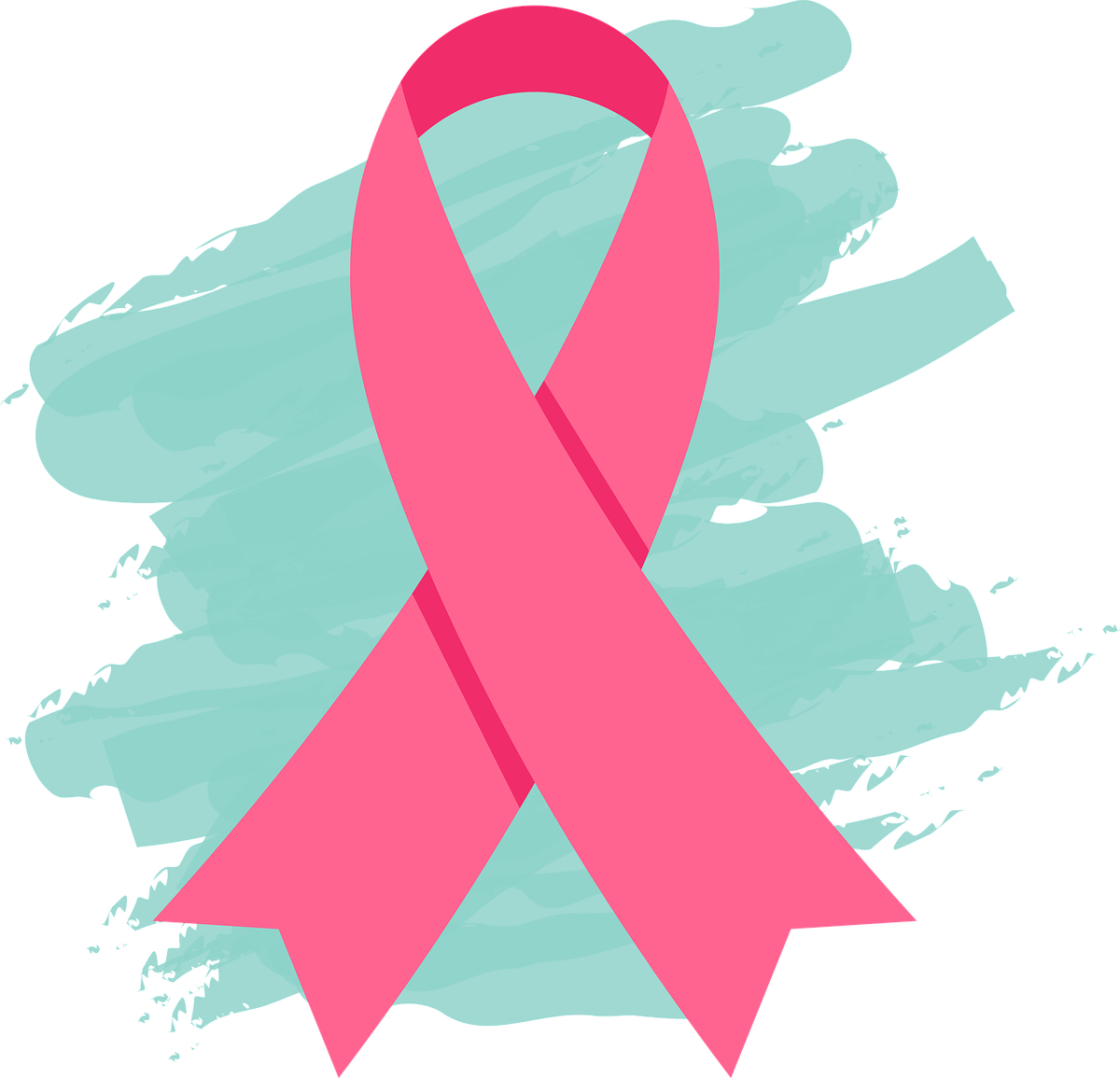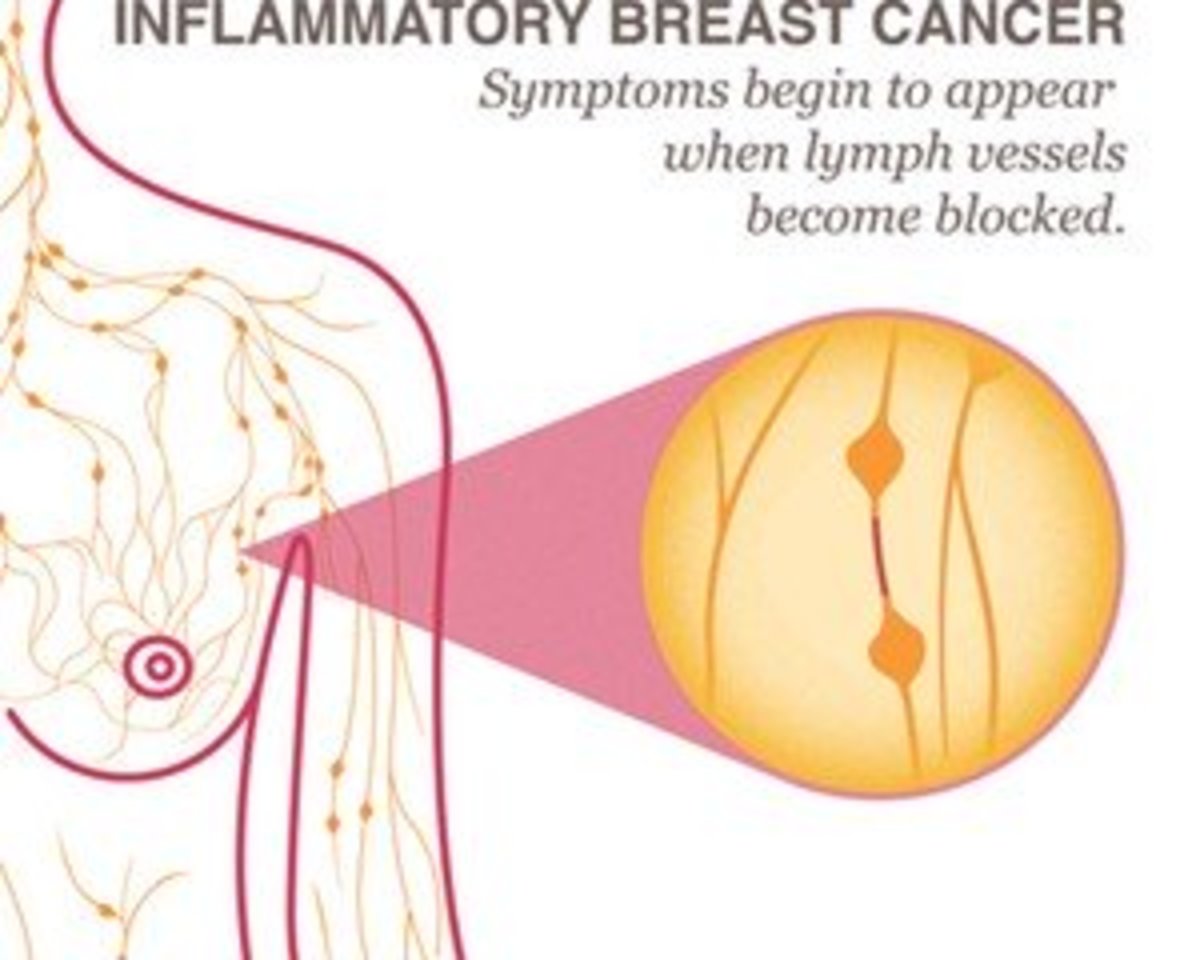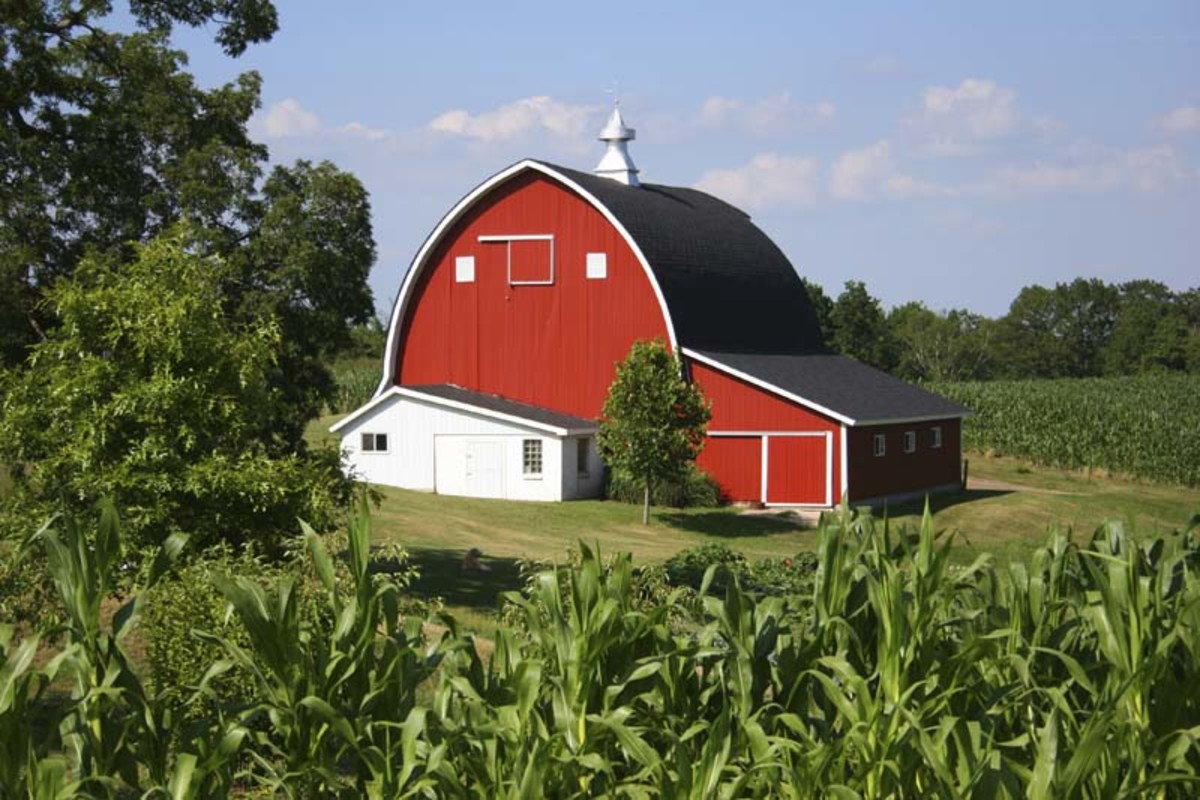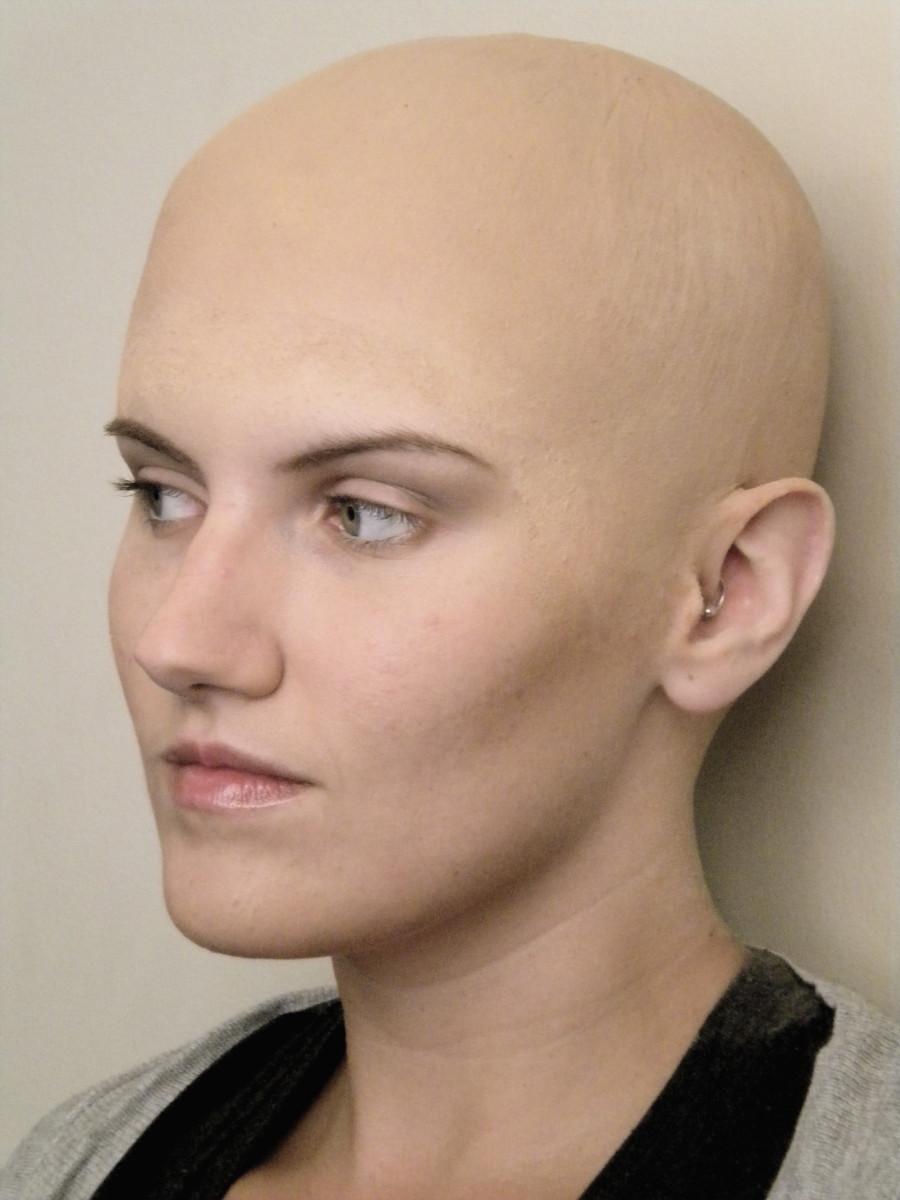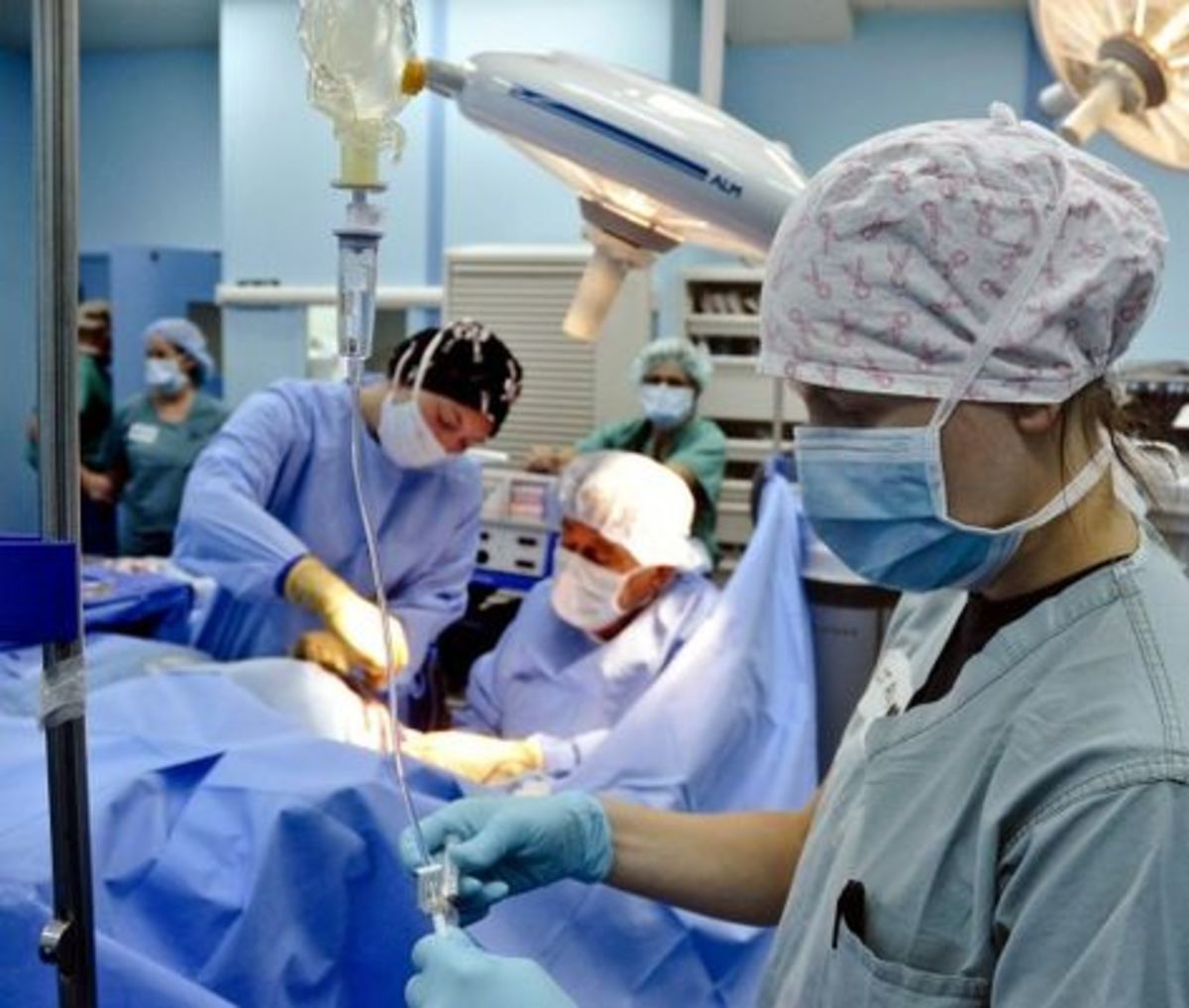Cancer Link to Environmental Estrogens in Red Dyes 1950 - 2025
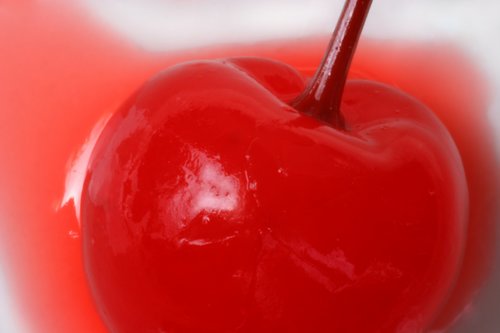
Red Dyes May Be Dangerous
Breaking News 2025
In mid-June 2025, RFK Jr. in the Trump 47 administration banned red dyes from food because of the health dangers they may cause. Other food dyes also were axed.
Background
In the 1950s, media scare erupted about the red dyes used in Maraschino Cherries.
Red Dye #6 was proclaimed a "known" carcinogen, causing all kinds of cancer, including breast cancer. The truth revealed later that this particular dye was not as harmful as reported in the news, but still harmful and removed from the US food market. However, it was found that red dyes are Environmental Estrogens that affect the human body in the same ways as does the female hormone estrogen, and act in only small doses as well, making them potentially more dangerous as a cancer risk than natural estrogen.
Red Dye #6 was banned from the US marketplace, but other red dyes emerged and all red dyes have some estrogen-like effects. Aside form this, they can result in some allergic reactions unrelated to cancer. In addition to potentially carcinogenic actions, red dyes can result in allergies, from skin reactions to anaphylactic shock and death.
FD& C Red colorings Number 40, 3, and 2 are certified safe by the US FDA (#2 red dye only for certain purposes). However, individuals still experience allergic reactions to them. For example, one of my clients could not eat food from a red paper picnic plate, because a small amounf of the dye substance made him extremely ill. I once suffered extreme nausea, vomiting and headache from wearing a red linen top and trouser set that carried a load of red dye (confirmed by physician). Certain yellow dyes in food can cause annoying ittching. All of these dyes are not always safe and convenient because of allergic reactions or carcinogenic potential.
Exposure to Environmental Estrogen April 14-16, 2008
Quote from above research
Prolonged exposure to environmental endocrine disruptors is known to increase the risk of developing breast cancer. These hormonally active agents may disrupt normal development of mammaryepithelia and support the growth of breast tumors. Animal and epidemiological studies further suggest an imprinting phenomenon by which early exposure to estrogenic chemicals potentiatesa carcinogenic process of breast cancer.
[National Cheng Kung University, Tainan, Taiwan, The Ohio State University, Columbus, OH, The Chinese University of Hong Kong, Shatin, Hong Kong]
NOTE: Examination at these institutions of links between environmental estrogens and cancers, including breast cancer cells (which the environmenrt estrogens are believed to exacerbate or proliferate) is ongoing.
Food Additives
In March 2009, news reports indicated that Italian researchers examined 1500 food additives for carcinogenic properties. We note that cancer-causing potential is not always considered with the FDA clears a food additive for use in America.
The Italians found at least 13 food additives that can be carcinogenic. And are quite likely to be so. One is a preservative that prevents decay and spoilage of fats like cooking oil: propyl gallate. It is listed an an ingredient in many sorts of bakery items, shortenings, dried meats, candies, fresh pork sausage, mayonnaise, and even dried milk powder. Read ingredient labels at your supermarket.
The second top contender is used inroder to prevent the discoloration of shellfish like lobster, shrimp, and others. This is 4-hexyl resorcinol. The first time I ever tasted shrimp at a peel-and-eat buffet seafood lunch, I ate too many and suffered a rash that looked a little like chicken pox. It disappeared inless than a week and I presumed that shell impurities were responsibile. However, it could have been a preservative. Its applied-for status as an official GRAS - Generally Recognized As Safe item with the FDA has been waiting for approval since 1990.
In 2010, the US food market had at least 3,000 food additives and we do not know which or how many of them are potentially cancer-causing agents.
References:
- Food may contain environmental estrogens Environmental Health News
- Arizona State University
Environmental Estrogens. James McLachlin
Plant Estrogens
These compounds found in plants (food plants) are called phytoestrogens . They are natural and are contained in clover, soybeans, other legumes, whole grains, fruits, vegetables, and some seaweeds. related to this, customary seaweed consumption among Japanese women long-term has been thought to prevent the symptoms of menopause, such as hot flashes.
Synthetic chemical environmental estrogens are made commercially by people purposely or as a byproduct. These are contained in many pesticides, some plastics (bisphenol A, phthalates), pharmaceuticals like birth control pills, DES, and cimetidine; household products (some detergents and surfactants; some industrial chemicals; and heavy metals like lead, mercury, and cadmium. Scientists at the Univeristy of California, Davis Center for Environmental Health Studies are continuing to study the effects of environmental estrogens on the human body.
Environmental Estrogens
Environmental Estrogens comprise another group of substances of which to beware in the consideration of human health, including the prevention of cancers and particularly, breast cancer. It would be wise to stay informed about the ongoing fight to end breast cancer by reading the daily news concerning this insidious disease.
Reference: UC Davis Studies
This content is for informational purposes only and does not substitute for formal and individualized diagnosis, prognosis, treatment, prescription, and/or dietary advice from a licensed medical professional. Do not stop or alter your current course of treatment. If pregnant or nursing, consult with a qualified provider on an individual basis. Seek immediate help if you are experiencing a medical emergency.
© 2010 Patty Inglish MS MPH


